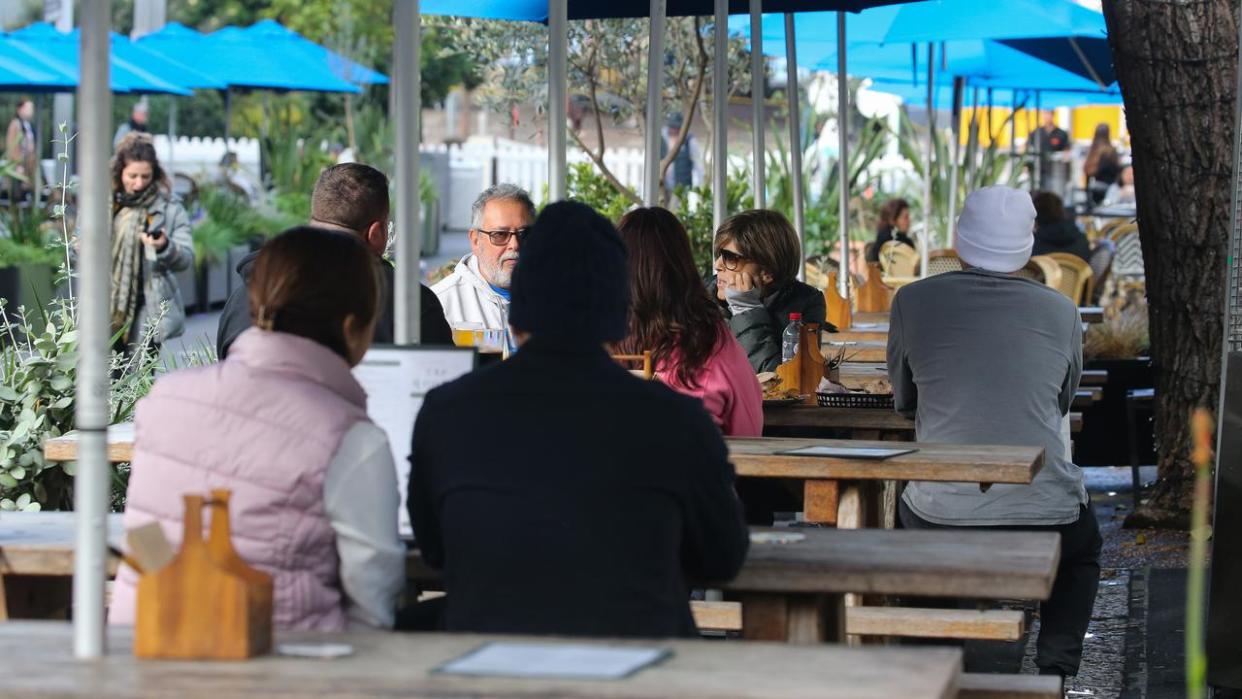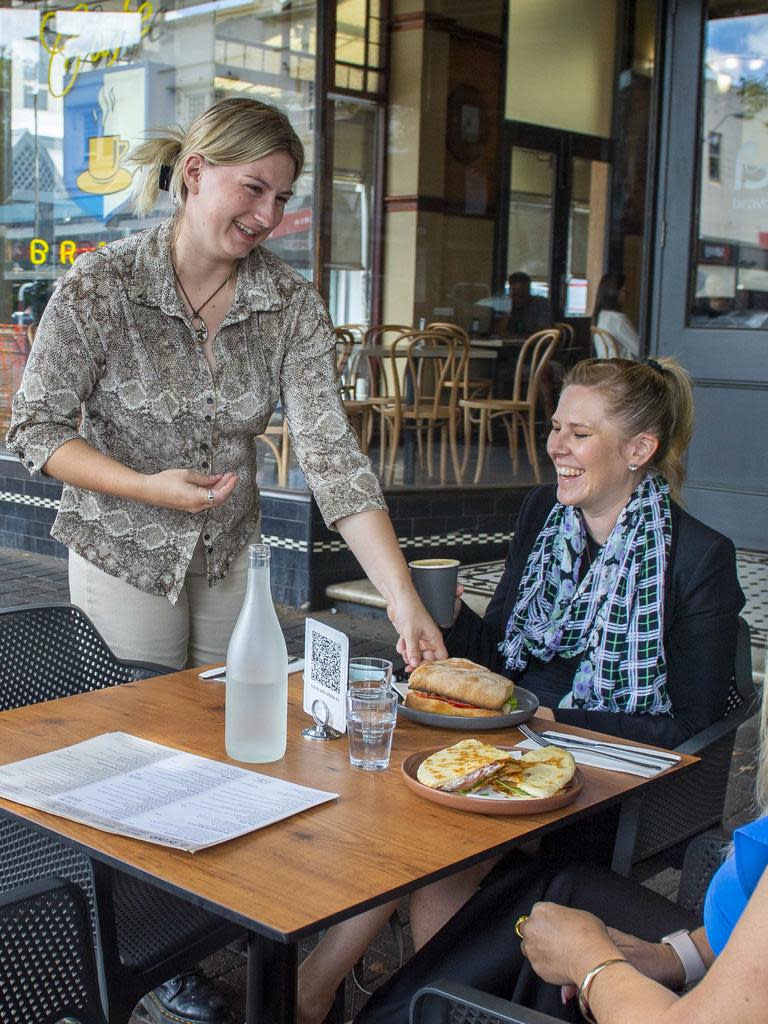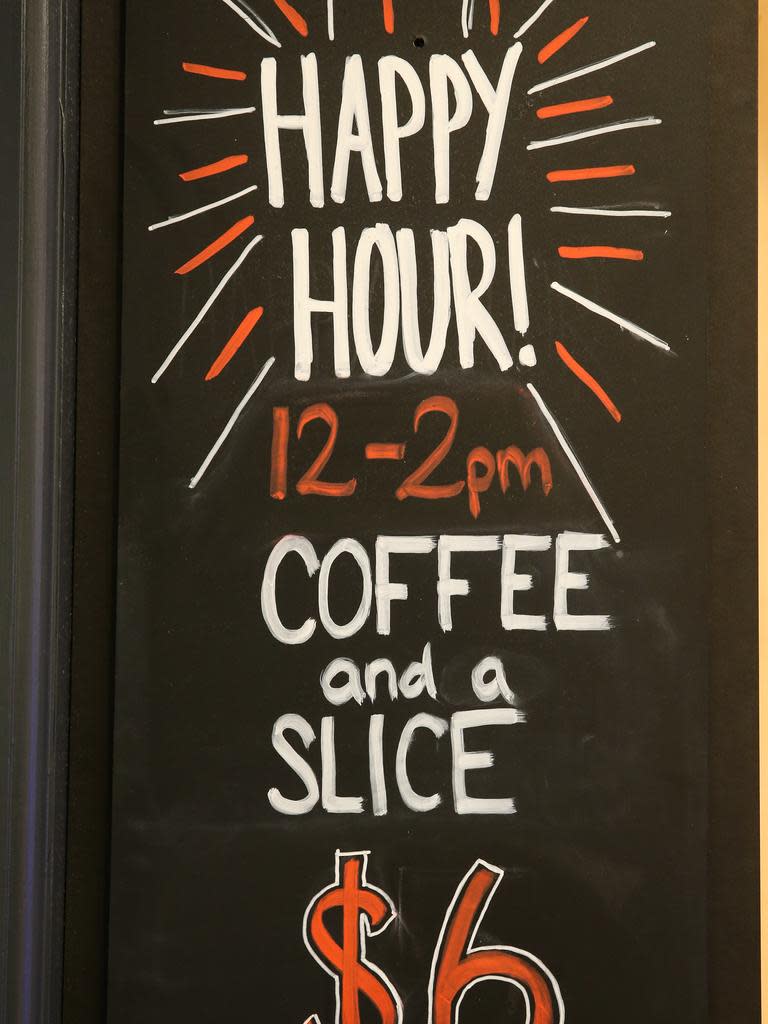Grim warning for Aussie hospitality sector

One in every 13 Australian hospitality businesses faces failure within the next 12 months as discretionary spending dries up.
Australian credit reporting firm, CreditorWatch, has found 7.45 per cent of food and beverage businesses are forecast to fail in the next 12 months.
Business-to-business payment defaults have rocketed to a record high as the sector’s pandemic-era pain looks to have set it.
CreditorWatch chief executive Patrick Coghlan said the unfortunate fact was conditions would get worse for businesses in the hospitality sector before they got better.


“The outlook for hospitality businesses is not likely to improve until we see a lift in consumer spending,” Mr Coghlan said.
“And that is not going to happen until the impacts of one or two rate cuts filter through to households. We don’t anticipate that being felt until at least the second half of next year.”
In their latest findings, CreditorWatch found low cash reserves in small businesses underpinned the bleak outlook.
But big hospitality businesses like hotel groups had the lowest failure rate of large businesses in any sector – a nose in front of $50m-turnover-plus businesses in transport, retail, wholesale trade and agriculture.
CreditorWatch’s April Business Risk Index report shows business-to-business trade is very tight.
Payment defaults are at a record high – up 69.4 per cent year-on-year – as businesses struggle to pay invoices.

CreditorWatch’s assessment found if a business defaults on a payment it has a 20 per cent chance of failing within a year.
The outlook is for continued tough business operating conditions, at least until mid-2025, when lower interest rates “should finally” provide some relief for Australian households.
The upcoming $300 energy rebate to every household “will be enough to persuade consumers to open their wallets to any great degree”.

The safest CBDs for insolvency risk – with more than 5000 businesses – are Norwood/Payneham/St Peters in South Australia, Unley and its immediate neighbour Adelaide City.
Townsville and Toowoomba, in Queensland, round out the top five.
Four of the five highest insolvency risk CBDs are in New South Wales, including Bringelly/Green Valley, Merrylands/Guildford, Canterbury and Auburn.
Ormeau/Oxford in Queensland took fourth spot.
Those “safest” CBDs have a higher proportion of older businesses and older residents.
CreditorWatch chief economist, Anneke Thompson, said “very weak” consumer spending was noticeably hurting customer facing businesses, particularly those classified as smaller businesses.
“While Australia is far from being in a technical recession, and Treasury is still forecasting positive, albeit weak, GDP growth over the three-year outlook, business conditions will feel recessionary to most businesses that rely on consumer spending, particularly those businesses located in ‘mortgage belt’ areas of our capital cities,” Ms Thompson said.

 Yahoo Lifestyle
Yahoo Lifestyle 
